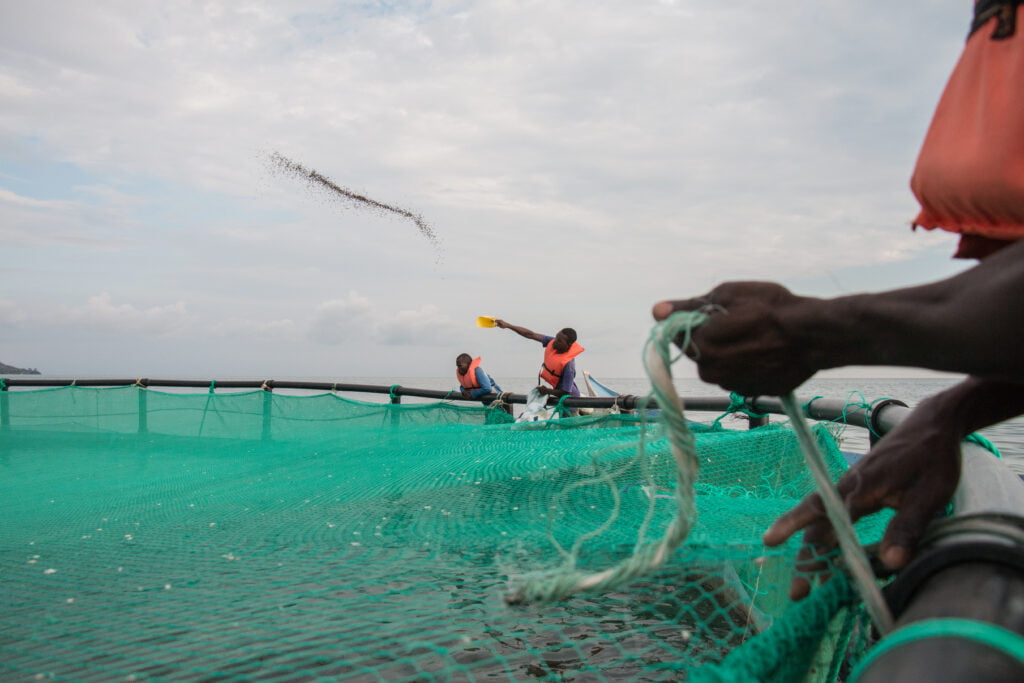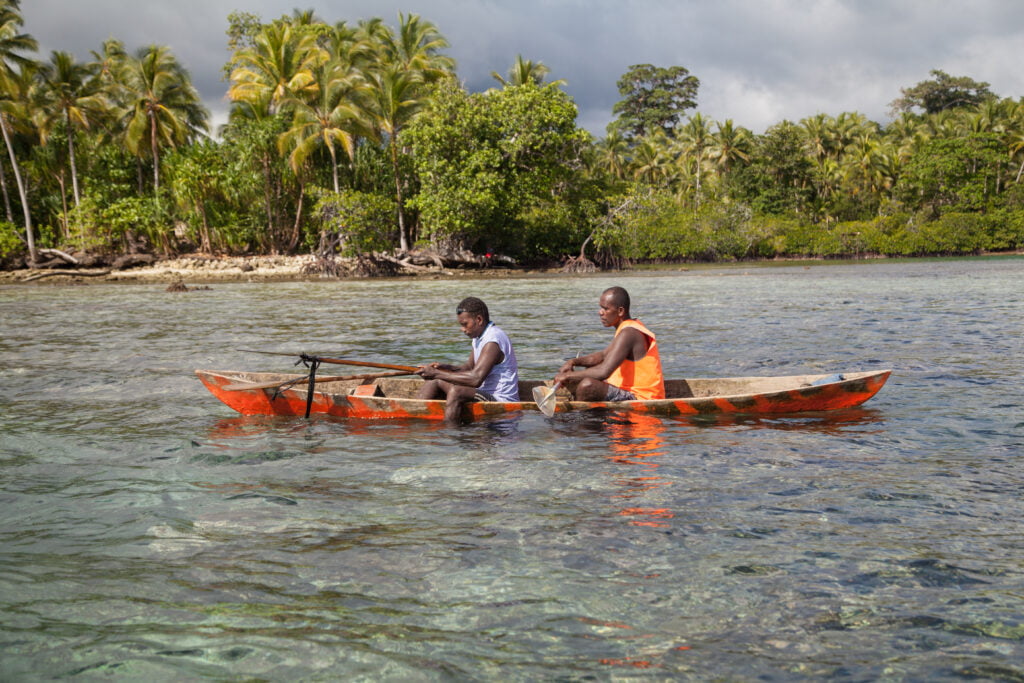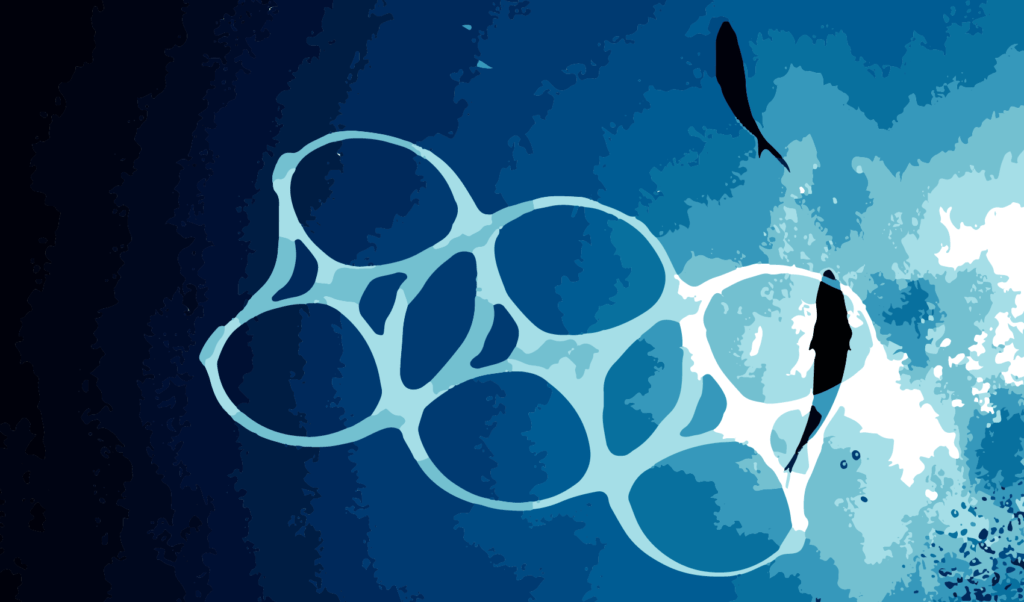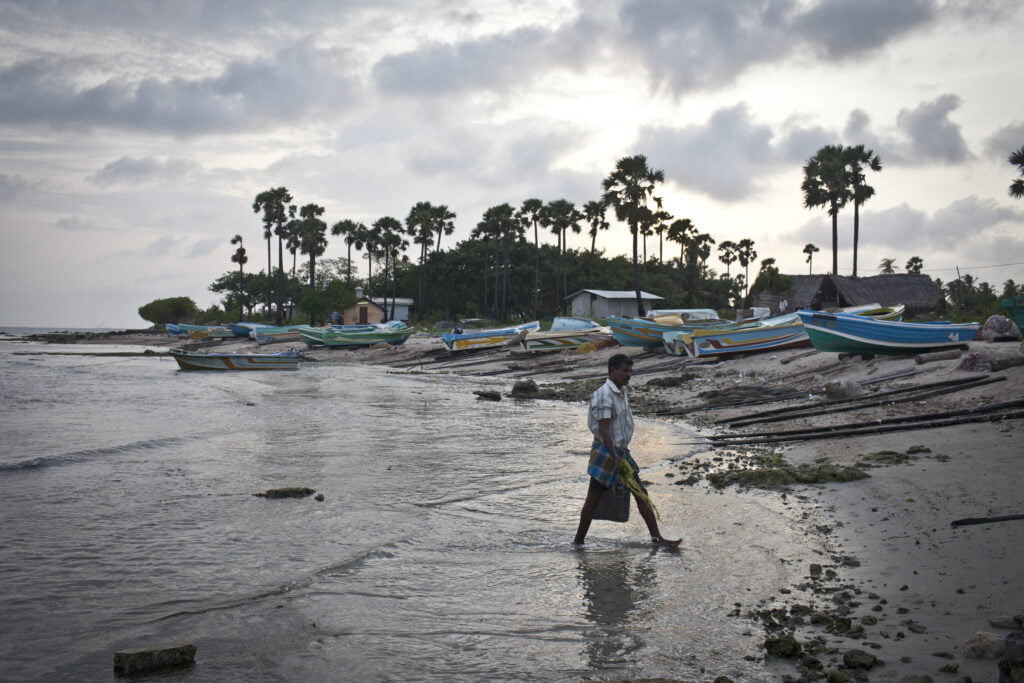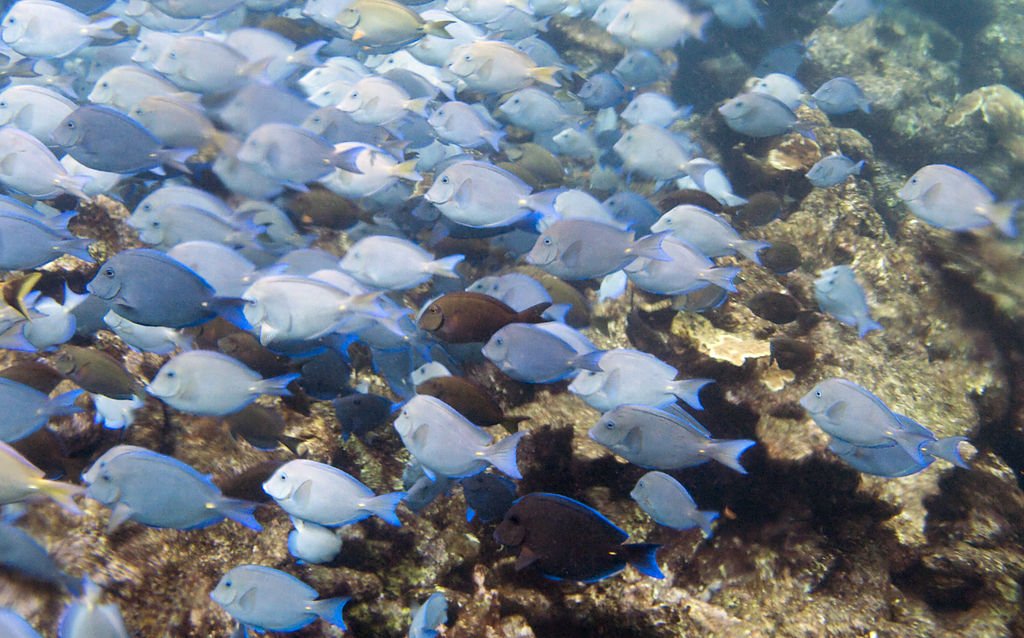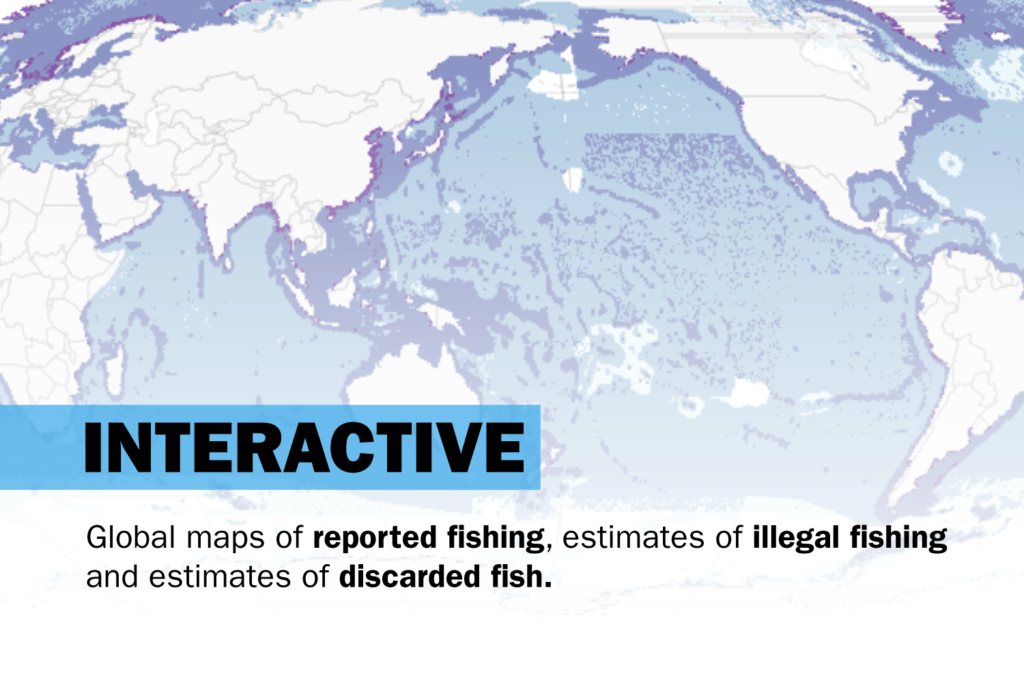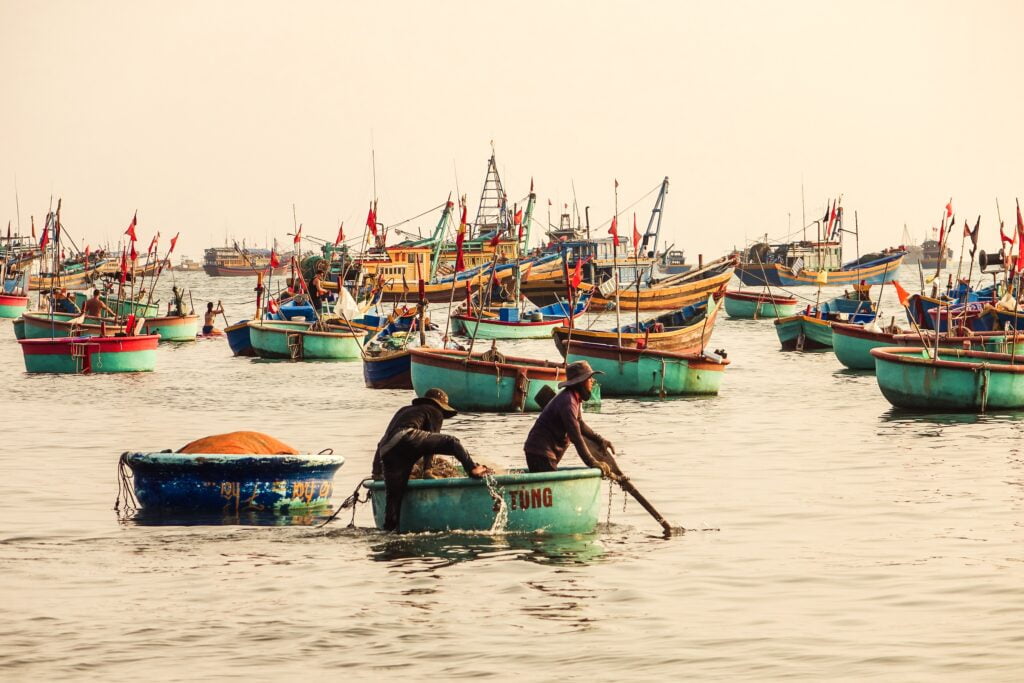Large Pacific fish return to their own hatching sites when they produce offspring. A new map of their migration routes could mean better protection for them.
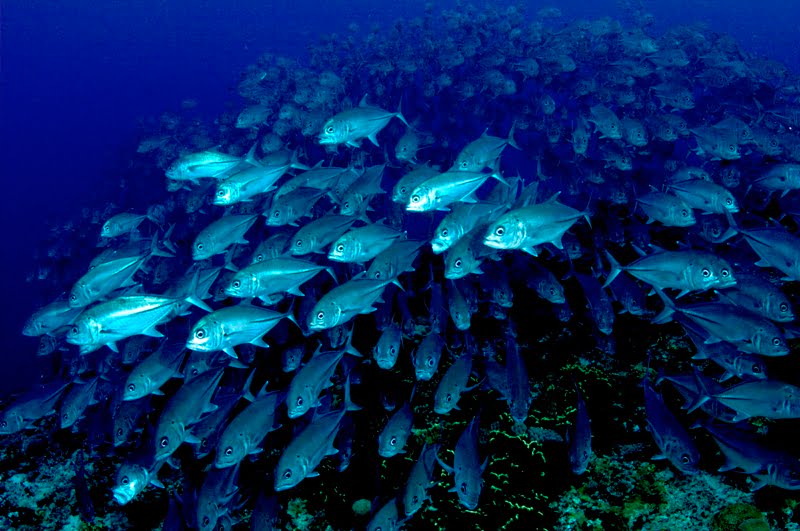 Large Pacific species tend to return to the places they were born. : Gordon Firestein, Wikimedia Commons CC BY-SA 3.0
Large Pacific species tend to return to the places they were born. : Gordon Firestein, Wikimedia Commons CC BY-SA 3.0
Large Pacific fish return to their own hatching sites when they produce offspring. A new map of their migration routes could mean better protection for them.
Invisible highways criss-cross the Pacific: the migration routes of tuna, marlin and other large fish. Science has so far been unable to chart these ‘blue corridors’, but new research might have mapped them, making for better marine sanctuaries.
Understanding the migration cycles of large Pacific fish is important for commercial and artisanal fisheries, indigenous cultures and marine conservation. Traditionally, scientists have used tagging, satellite tracking and examining genetic links between populations to map migration routes, but these have produced an incomplete understanding of where the fish go.
Large Pacific species tend to return to the places they were born (their natal sites) when they produce offspring, so the researchers of a recent study made a deductive leap: the fish migrations must involve a loop that completes an annual cycle.
Focusing on 11 species with high catch rates, such as skipjack tuna and striped marlin, the researchers proposed migration routes based on findings from traditional research and the tendency of Pacific fish to return to their natal sites.
The researchers’ hunch was right: when they compared their proposed routes with a map showing reconstructed catch data from 1950 to 2016, similarities emerged. The catch data showed where the fish were caught, and this matched up with the researchers’ deduction about where the fish would be based on previous research findings and the idea the fish would return to their natal sites.
The new map below shows areas of the Pacific used as a habitat by the 11 species and highlights the areas of high and very high priority for conservation based on how many species are present.

In blue corridors, industrial fishing of large species would ideally be banned or reduced, rebuilding stocks and boosting fisheries. The recommended blue corridors would cover at least the “very high priority areas” for conservation (in red on the map) and better still the “high priority areas” (in orange on the map) as well.
The best-case scenario consists of two large bands in the North Pacific and South Pacific. In the North Pacific a protected blue corridor would run from Baja California to the Federated States of Micronesia all the way down and along the equator. The South Pacific a blue corridor would run roughly from the Pitcairn Islands to eastern Australia and then all the way up to and along the equator.
Blue corridors may change over time in response to climate change, but they could be managed with the same principles driving the most effective marine protected areas.
International cooperation and development efforts have done a lot to protect marine resources. But national and commercial interests (shipping routes, fishing and military operations, deep-sea mining plans and the like) create complex challenges for ocean management.
Polynesians and other Pacific Islanders have a long history of resilience to environmental variations and unpredictability because of their traditional fishing methods and management of their environment. Commercial activities and climate change are now threatening this resilience, leaving Pacific communities vulnerable to food insecurity.
Agreements within blue corridors may include stricter regulations or partial bans of industrial fishing, while artisanal and subsistence fishing could be encouraged in the 12-nautical-mile territorial seas around islands. Many remote areas in the Pacific are not well studied, so management of marine resources will benefit from more research on historically and culturally grounded conservation efforts.
The researchers’ proposed migration routes suggest possible areas for effective conservation of large Pacific fish. Their findings are a way to begin a conversation about large-scale conservation of marine ecosystems – and in future the conversation would ideally also be a platform for Pacific peoples to share their local and traditional knowledge. Stronger governance and cooperation will support the recovery of tuna, marlin and other large Pacific species – all essential to the undersea world and vital resources on which so many people rely.
Veronica Relano is a researcher at the Institute for the Oceans and Fisheries at University of British Columbia. Her focus is on marine protected areas, ecological connectivity, fishery economics and people.
The author received funding from PEW Charitable Trusts.
This article has been republished for World Fisheries Day. It was first published on June 6, 2022.
Originally published under Creative Commons by 360info™.


